We specialize in whole home reverse osmosis systems tailored to well water supply demands. Our system produces more pure water per liter than any other on the market making it ideal for wells which have a limited supply capacity. Our standard system produces hundreds of gallons per day which allows for whole home use and not just a few drinking glasses worth of water as other residential systems do.
Standard Water Filtration
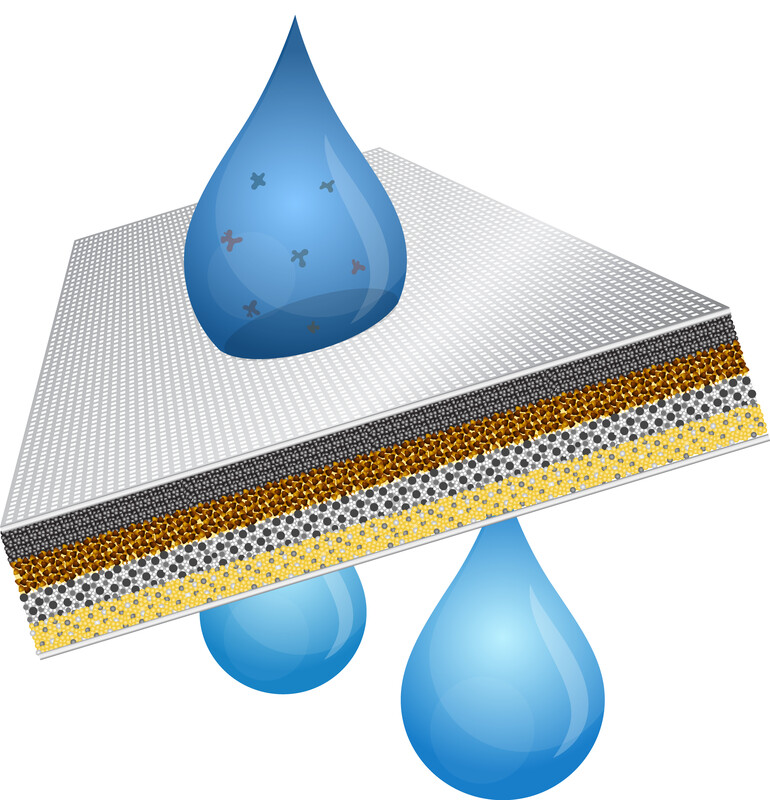
Normal water filtration involves passing dirty water through a series of porous materials (filters) which catch large contaminants. It is very effective on water that only has large impurities and no dissolved salt ions. Standard filters allow for excellent flow rates and just need to be changed as they become full of contaminants. The water going in to a filter must come out of the filter.
Reverse Osmosis
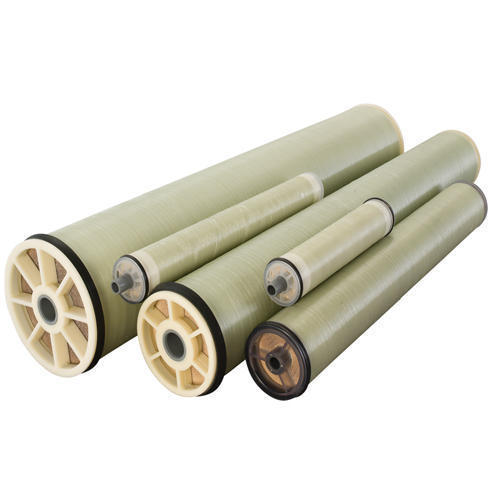
Reverse Osmosis water purification is a process that involves placing high pressure water against a membrane. The membrane is chosen so that only PURE water can pass through it. In most applications the % recovery of input water (feed) to clean output water (permeate) is around 15%. This means that for every 100 liters of water that is pumped against the membrane (feed) only 15 liters will pass through (permeate) as clean water and 85 liters will be discarded (concentrate). This is normal for reverse osmosis membranes. The membrane does not plug up like a filter since the contaminants are flushed out as part of the reject stream. The membrane is in a sense self cleaning.

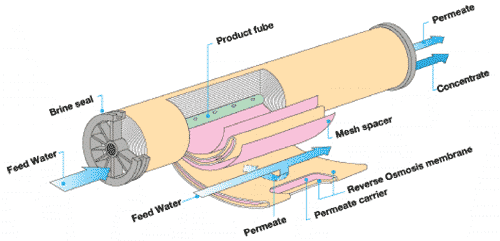
This low % recovery is acceptable in many applications such as purifying water from the ocean where the concentrate is just released back into the ocean. When drawing water from a well it is desirable to have a high % recovery to improve efficiency and not draw down the well. Our system runs at almost a 50% ratio which makes it very efficient.
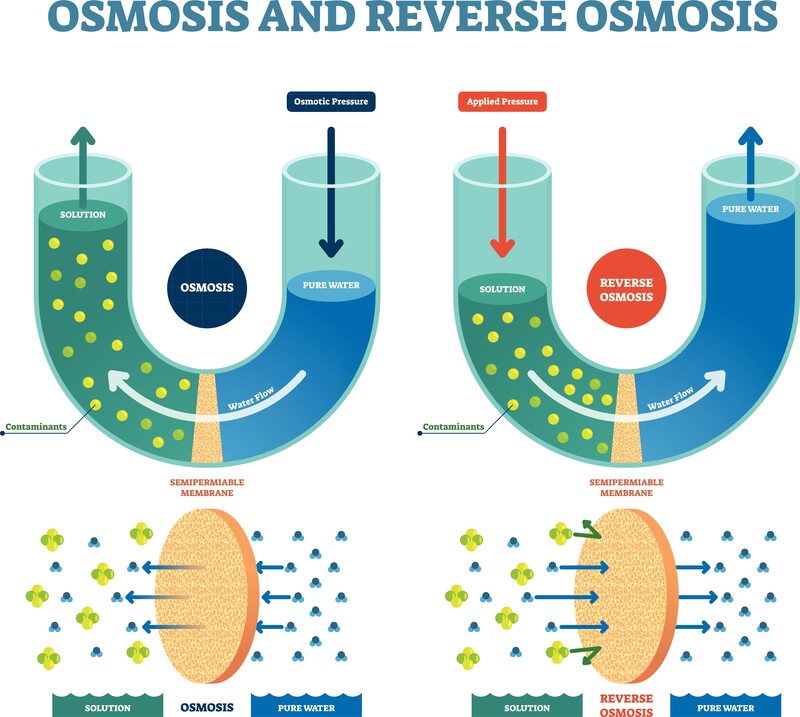
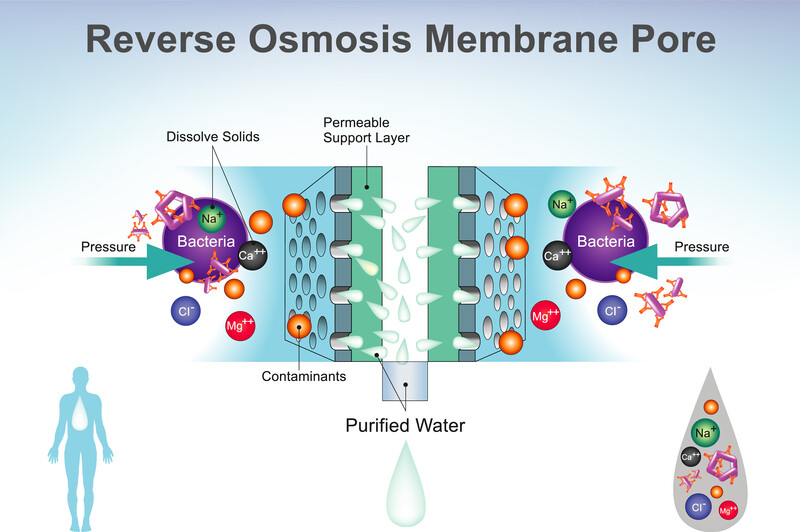
DETAILED:
Reverse osmosis (RO) is a water purification process that uses a partially permeable membrane to remove ions, unwanted molecules and larger particles from drinking water. In reverse osmosis, an applied pressure is used to overcome osmotic pressure, a colligative property that is driven by chemical potential differences of the solvent, a thermodynamic parameter. Reverse osmosis can remove many types of dissolved and suspended chemical species as well as biological ones (principally bacteria) from water, and is used in both industrial processes and the production of potable water. The result is that the solute (unwanted) is retained on the pressurized side of the membrane and the pure solvent (wanted) is allowed to pass to the other side.
In the normal osmosis process, the solvent naturally moves from an area of low solute concentration (high water potential), through a membrane, to an area of high solute concentration (low water potential). The driving force for the movement of the solvent is the reduction in the free energy of the system when the difference in solvent concentration on either side of a membrane is reduced, generating osmotic pressure due to the solvent moving into the more concentrated solution. Applying an external pressure to reverse the natural flow of pure solvent, thus, is reverse osmosis.
Reverse osmosis differs from filtration in that the mechanism of fluid flow is by osmosis across a membrane. The predominant removal mechanism in membrane filtration is straining, or size exclusion, where the pores are 0.01 micrometers or larger, so the process can theoretically achieve perfect efficiency regardless of parameters such as the solution's pressure and concentration. Reverse osmosis instead involves solvent diffusion across a membrane that is either nonporous or uses nanofiltration with pores 0.001 micrometers in size. The predominant removal mechanism is from differences in solubility or diffusivity, and the process is dependent on pressure, solute concentration, and other conditions. Reverse osmosis is most commonly known for its use in drinking water purification from seawater, removing the salt and other effluent materials from the water molecules.
